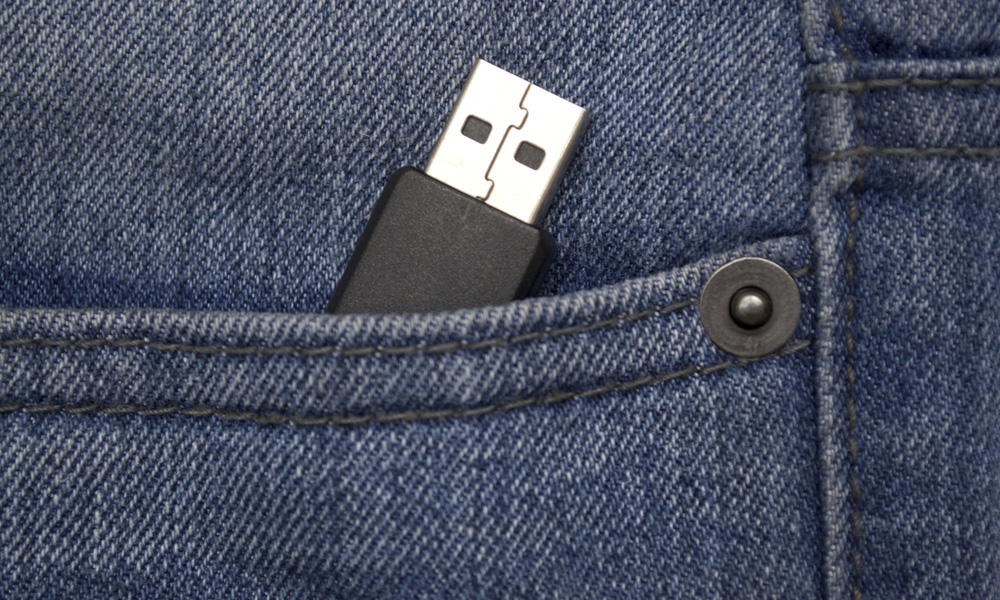
The Future of USB: The Story Behind the Little Port That Could
Since becoming common on computers nearly two decades ago, the Universal Serial Bus has turned into a do-everything success story—an example of a winning industry standard in action. And with a recent announcement, the USB Implementers Forum has its eye on the future.
It’s one little standard that’s come a long way.
Nearly two decades ago, a group of tech companies from across the industry collaborated on a specification for a plug that could work in any computer, solving long-running issues with hardware drivers and wildly varying specifications.
And while it isn’t perfect—different devices support different speeds, and it’d sure be nice if you didn’t have to worry about whether the plug was upside-down—the Universal Serial Bus has nonetheless become the gold standard for industry standardization. (Other standards bodies haven’t had it so easy.) The USB is so common these days that wall outlets now commonly support the devices without an additional plug; that can’t be said of the RS-232 serial port, which the USB replaced in the late 1990s.
A large part of that success can be credited to the USB Implementers Forum, a nonprofit standards body whose board includes representatives from Hewlett-Packard, Intel, Microsoft, and other manufacturers.
As Ars Technica notes, the device’s wide reach has allowed USB to fend off more technically powerful standards like Firewire and Thunderbolt, with USB eventually catching up to its rivals through periodic upgrades in specs. Through flash-based USB drives, it’s replaced devices as diverse as the floppy disk and DVD-ROM for regular use.
“USB isn’t without its problems, but it’s managed to gain and keep wide support from technology companies, and the basic USB Type-A connector found on most computers has stayed the same size and shape for close to 20 years,” the publication’s Andrew Cunningham writes. “Considering the patchwork of interfaces it came to replace, that’s no small feat.”
USB: The Next Generation
And the USB Implementers Forum is just getting started. Last week, the standards body announced the finalization of what could become the most fundamental change to the device since its 1997 release—the new USB Type-C connector [PDF], a newly designed port style the standards group describes as “robust enough for laptops and tablets” but “slim enough for mobile phones.” It’s also described as more scalable and durable than the current technology, supporting 10-gigabit-per-second transfer speeds—twice the speed of USB 3.0. The cords are even reversible, which could be a boon for people trying to connect their devices in the dark.
But the upgrade comes with a downside: The plug isn’t compatible with current ports without an adapter. That could hurt its adoption among users, despite wide industry support. Tech company officials are nonetheless optimistic.
“This next generation of USB technology opens the door for the invention of an entirely new, super-thin class of devices that consumers haven’t even seen yet,” Intel’s Alex Peleg said in a statement. “The USB Type-C connector, combined with high-performance data and power, is the ideal single-cable solution for all devices now and into the future.”
But could ports become a thing of the past someday? Ars Technica‘s Cunningham points out that “we’re already using wireless technologies to serve needs that USB once did.” WiFi-connected printers and cloud-syncing services are already starting to replace USB devices.
Then again, it’s always nice to know there’s a port that supports just about everything in your bag.
(iStock/Thinkstock)






Comments